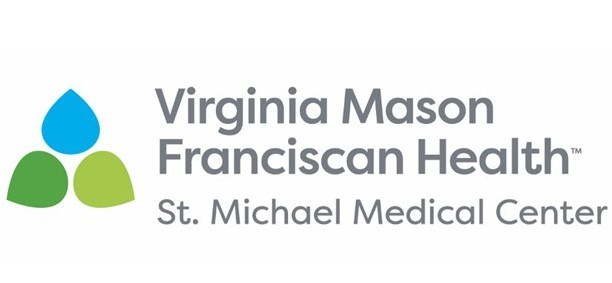Head of Navy's SIOP effort says upgrading nation's shipyards for the future will require 'a holistic plan'
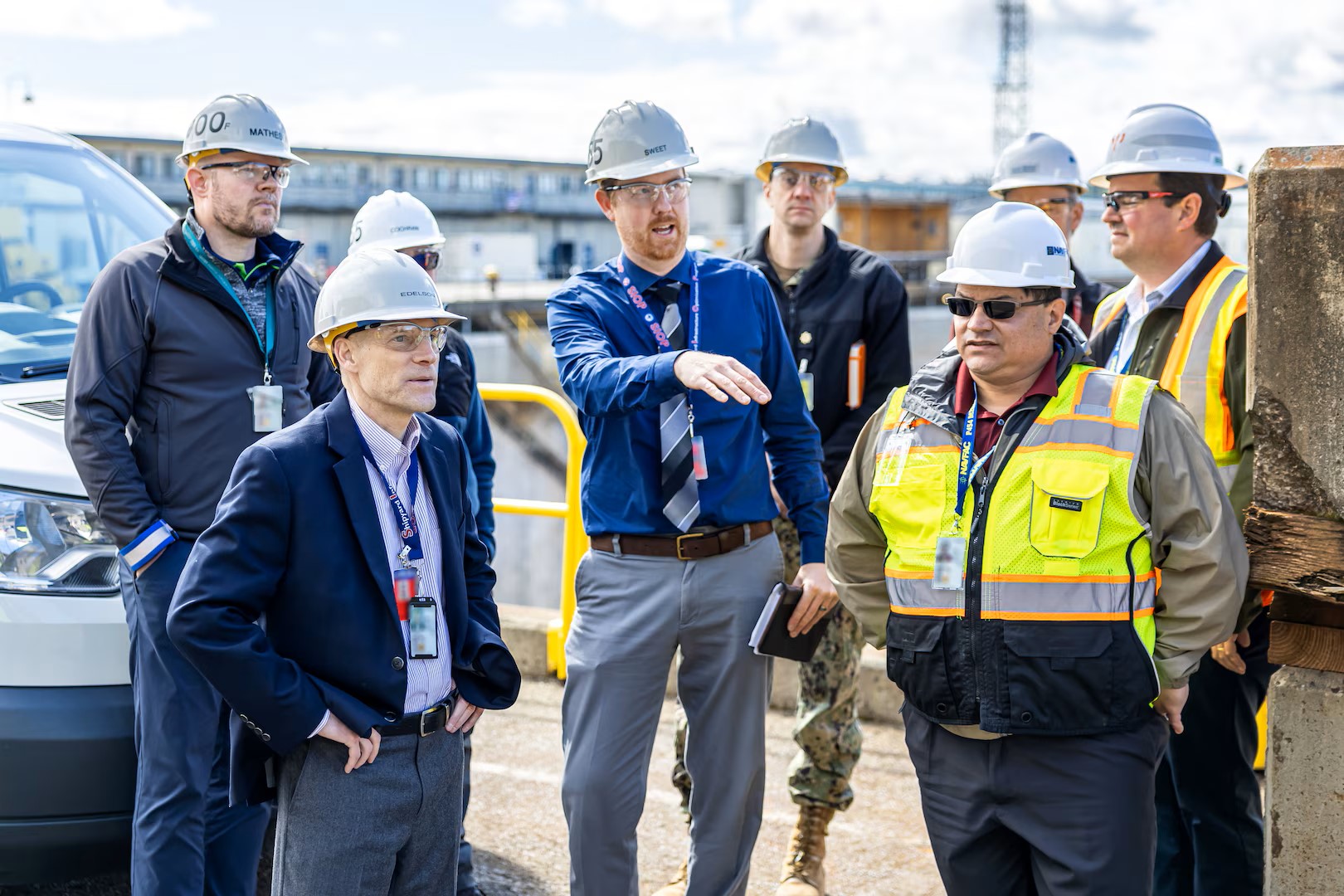
29 May 2024
Government Contracting, SIOP, NBK, PSNS, APEX Accelerators
Reposted from NAVSEA Command By Max Maxfield PSNS & IMF Public Affairs
BREMERTON, Wash. –
The Program Executive Officer for the U.S. Navy’s Shipyard Infrastructure Optimization Program visited Puget Sound Naval Shipyard & Intermediate Maintenance Facility in Bremerton, Washington, May 6-7, 2024, for waterfront and project briefs, and to meet with the PSNS Division for the program.
Mark Edelson is the PEO for Industrial Infrastructure. PEO II is responsible for overseeing the cost, schedule and performance of the Shipyard Infrastructure Optimization Program, commonly known as SIOP. Edelson oversees PMO 555, which is the program executing the optimization of the naval shipyards.
During his visit, Edelson discussed what SIOP is, why it’s important for the Navy, and how it will also benefit the shipyard's waterfront workforce.
What is SIOP?
Edelson said the U.S. Navy recognized in about 2018, that it needed to do a major effort to re-capitalize all four of its nuclear shipyards, which include PSNS & IMF, Pearl Harbor Naval Shipyard in Hawaii, Norfolk Naval Shipyard in Virginia, and Portsmouth Naval Shipyard in Maine.
“These are national treasures,” Edelson explained. “The organic industrial base for nuclear ships is the United States Navy. You can’t go contract this stuff out. So those four shipyards and the 37,000 or so people who work those shipyards every day, as well as the sailors who call them home, are critical.”
The problem the Navy is facing now, is that those shipyards are all more than 100 years old. They were designed and built for an entirely different mission. Many of them were created to build wooden ships, not to repair, maintain and modernize nuclear warships.
According to Edelson, they need to be upgraded to serve the Navy and the nation for the next 100 years. Also, the improvements need careful planning and consideration to ensure they all make sense for the Navy and the workforce.
“The Navy has said we’ve got to make more that even a once-in-a-generation investment, but a once-in-100-years investment into them, to pull the shipyards into the future,” Edelson said. “It may sound overused, but SIOP is a holistic plan. What's good for the ships? What’s good for the workers? What's good for safety? What's good for efficiency? It's all in there.”
What right looks like
Edelson said PEO II is continually gathering facts and opinions from all levels, throughout all the shipyards to help design area development plans for each shipyard, that factor in things unique to each location.
“One of the things that is impressive about the area development plans is the connection to the shipyard workers and their supervisors, as we build those,” said Edelson. “There are three or four different interview rounds to ask, how do you do things; where do you go for your materials; where do you walk day to day; what’s missing from your current shipyard?”
“It’s those existing conditions we will overlay optimization onto,” he continued. “What would be the perfect shipyard? The nice thing is, we don’t have to make individual decisions here, because it will take us decades to go through this.”
Lines of effort
Edelson said SIOP is being organized along three lines of effort.
- Waterfront: Where the ships are tied up, with the infrastructure needed to support them.
- Facilities: Infrastructure and utilities need to be completely re-capitalized in new buildings and new utilities.
- Industrial plant equipment: All of the equipment used to repair and fabricate parts and components for carriers and submarines specifically.
He said future technologies are also being considered as part of SIOP.
“Maybe you won’t hammer things in forges like you used to,” Edelson explained. “Maybe you will use 3D printing machines and five-axis routers or high-speed shaft lathes. We have to uplift the facilities for the equipment our shipyard workers will be using then.”
Making positive impact today
Edelson said industrial equipment is already being upgraded throughout the shipyards, and infrastructure upgrades have also started across the shipyards.
“Right now we have more than a half a billion dollars of equipment in procurement,” he said. “We’ve already delivered 138 pieces of new equipment into the shipyards. One of the great things SIOP is doing is the standardizing of equipment. We’ve already standardized what we will buy for all of the Shop 31s and they are working through the rest of the shops now. All four of the shipyards will have the same suite of modernized equipment.”
Shipyard facility upgrades will take a little bit longer.
“These early years of SIOP are heavily focused on dry docks,” Edelson said. “That’s just a fact of life. We have more than $6 billion of construction happening right now. That’s just the start of it. It is amazing the support we’ve had from Congress, the Department of Defense and from the highest levels in the Navy to make this happen. It’s not Puget Sound fighting for one project anymore. It is the navy pushing to upgrade all of our shipyards to the same level in one program.”
Quality of service
Edelson said the Navy is making big investments in the quality of service. This includes things like where the food service is going to be, or where workers and contractors go for pass and ID. Where workers go for medical care and where they park are all included in the area development plans.
“If we look at all the ADPs, I can show you where we approved where the two parking garages will go at Pearl Harbor. Pearl Harbor has a plan approved by the United States Navy. We still have to execute it, which is no easy task, but it is approved. Puget Sound's parking plan is the next one in the hopper. It's in the draft, even if the Chief of Naval Operations hasn't signed off on it yet.
Investing in your workplace
Tomorrow’s Navy will look drastically different than it does today. Today’s ships are bigger, faster and more electric than they ever used to be; Virginia-class subs and Ford-class carriers in particular. Tomorrow’s shipyards need to be ready for that generation of ships, which are going to last 50+ years. SIOP is designed to support those vessels, while hopefully making the four public shipyards safe and rewarding places to work.
“The fleet is growing, and the Navy is investing in it,” said Edelson. “There is plenty of work we need to do to gain the efficiencies and produce readiness in the short term. We want to gain those efficiencies to turn ships around faster.”
“There are other things our people can do that are easier than working in a nuclear shipyard,” Edelson said. “We want them to be able to tell their buddies that this a great place to work. ‘They are investing in the workplace. I see new equipment. I see new buildings. There are construction workers here.’ That gets people coming back.”
More Topics
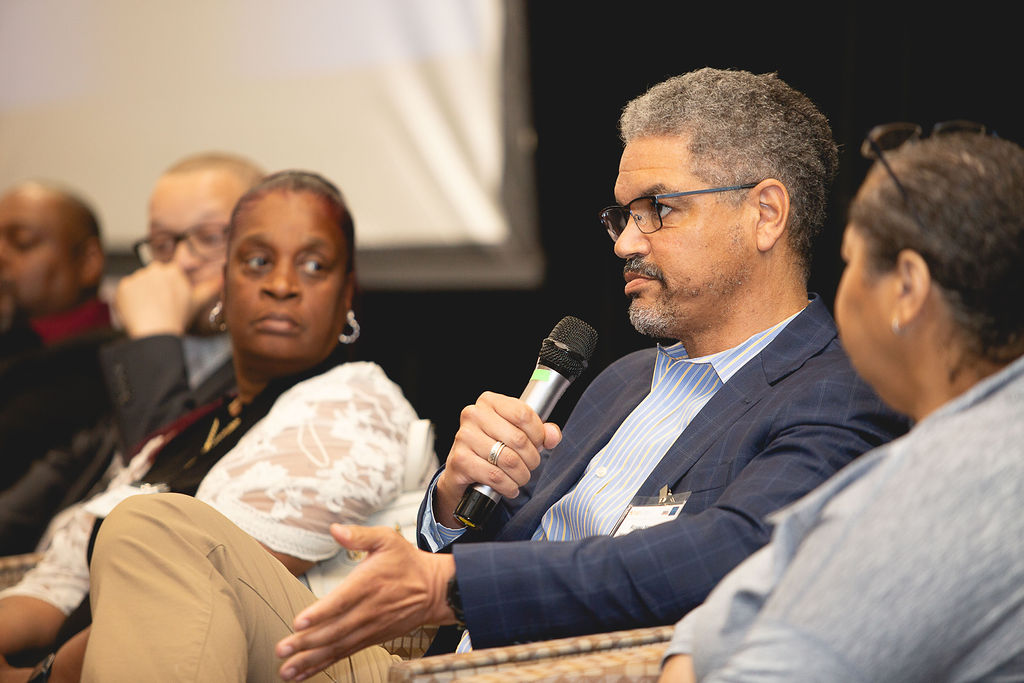
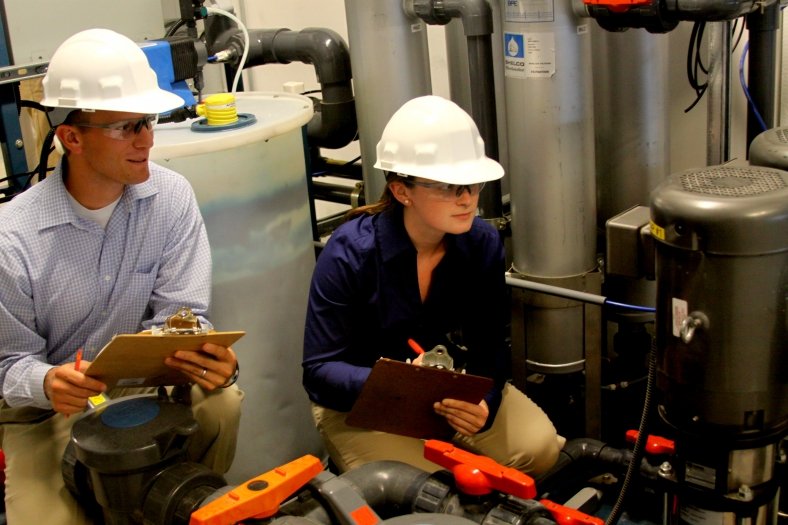
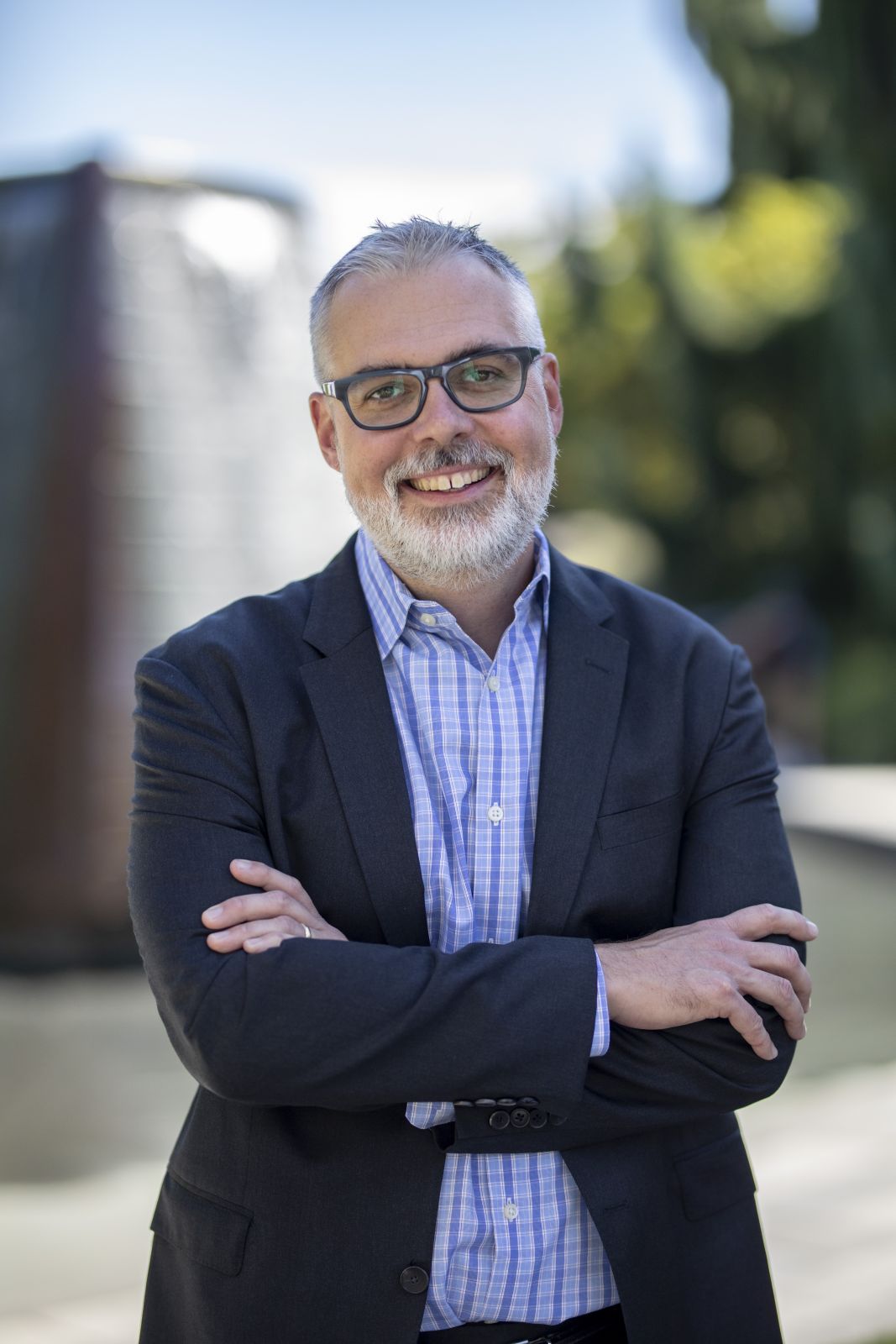






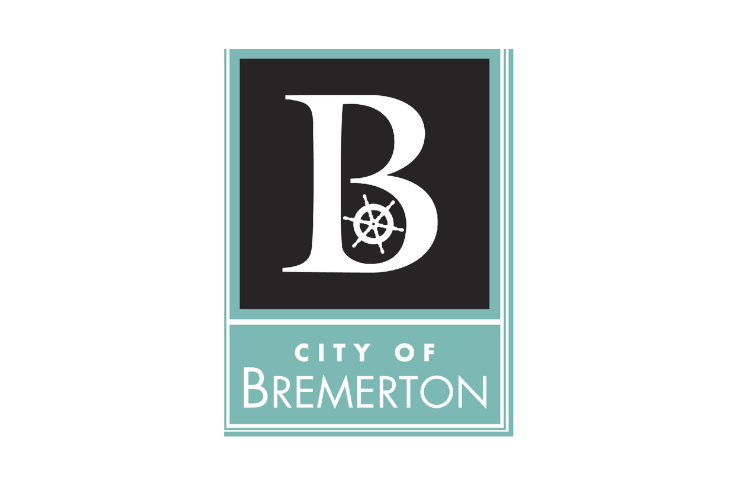
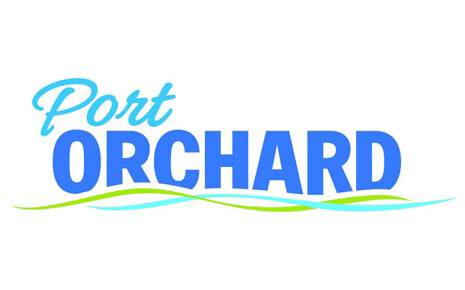
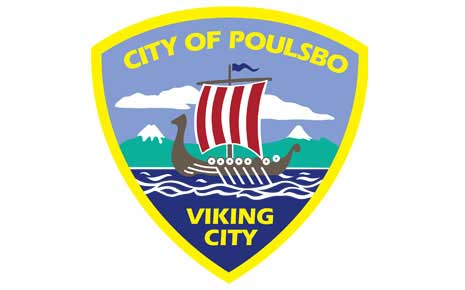

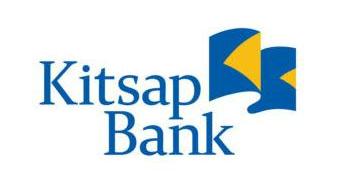
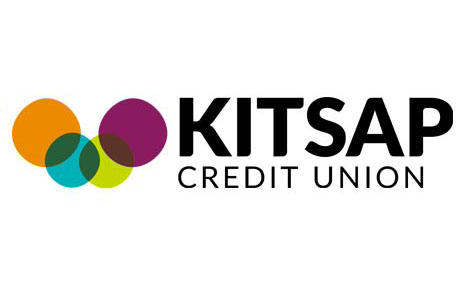
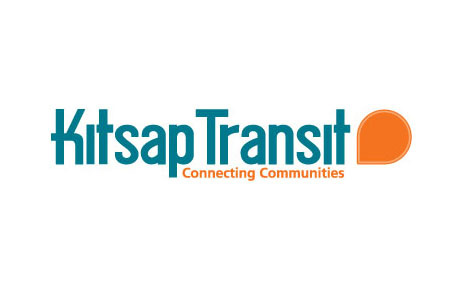
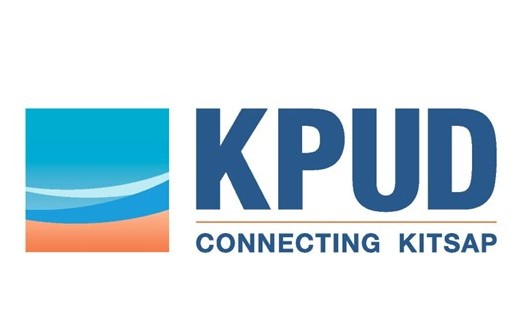
.png)

.png)
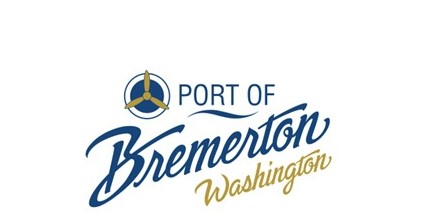
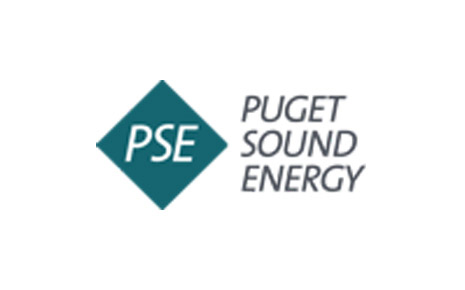

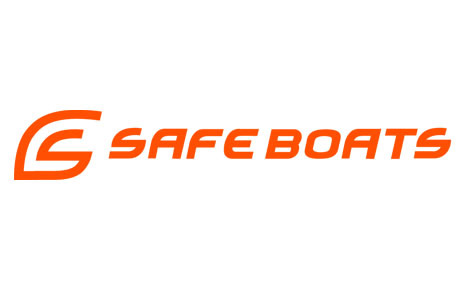
.png)
